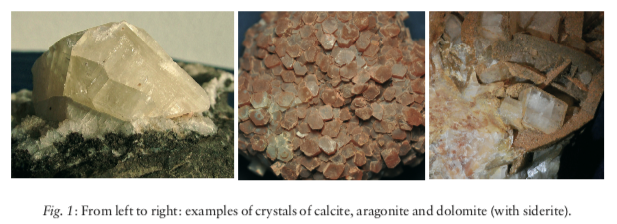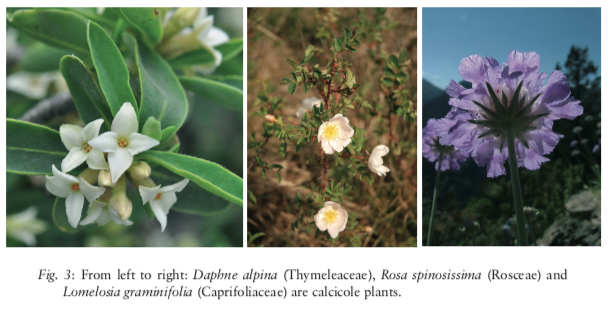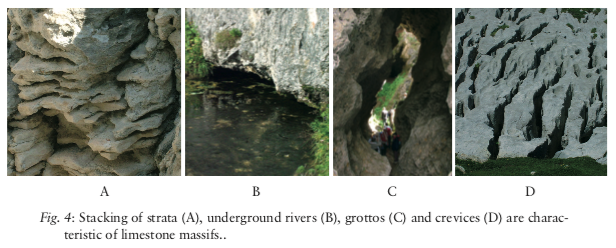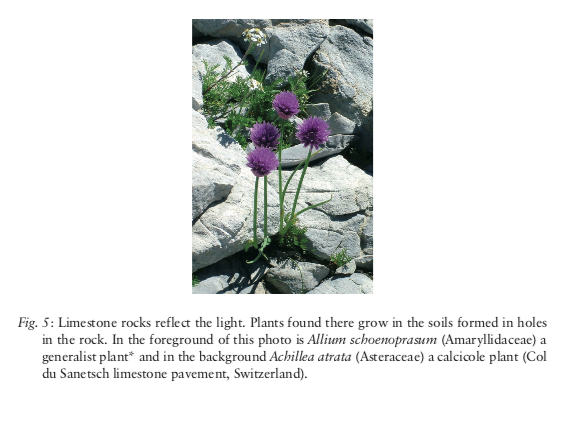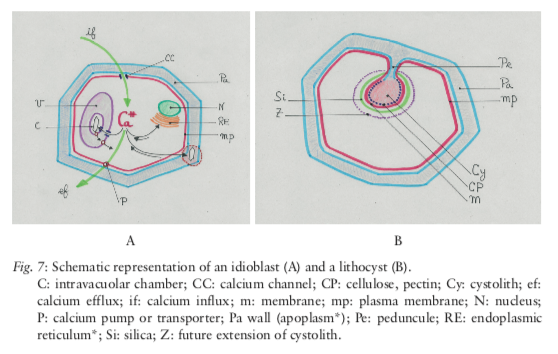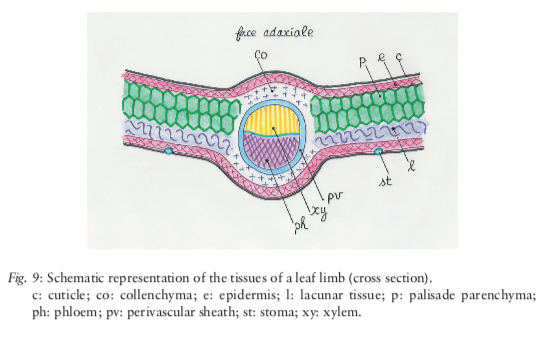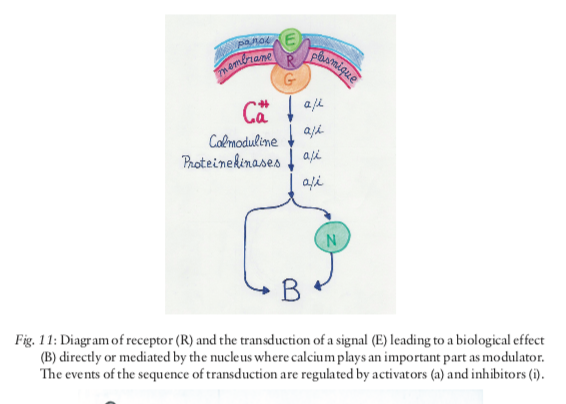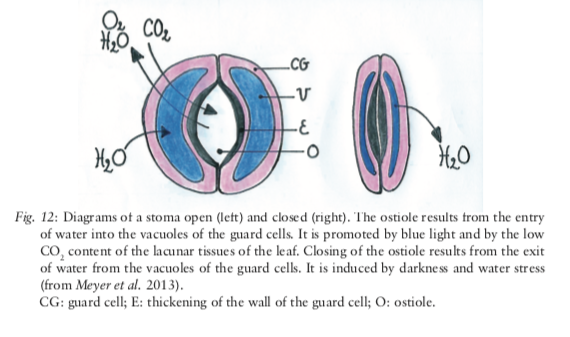Limestone and Calcium in Plants
Export Article Citation as
- Plain text
- BibTeX
- RIS format
- Download price : € 6.00
Abstract:
This paper gives an overview of the physiological, ecological and climatic importance of lime and calcium in plants. Lime is a biogenic rock – a mineral form of carbon – deposited on the surface of the earth’s crust. Dissolved lime can become biologically active through erosion. Plants are involved in the polar processes between active and inert calcium (bio-mineralisation in vivo and carbonisation post mortem). The influence of soil, biological and climatic conditions on the diversity of habitats of generalist, calcicole and calcifuge plants is briefly described, as is the role of lime or
silica fertilization. In the plant, the oscillation of calcium between actively soluble and inactively bonded forms keeps the cellular concentration within the narrow limits between deficiency and toxicity. Calcium oxalate crystals enable the plant to resist biotic and abiotic challenges and optimize the use of incident light. Active calcium is involved in signal transduction mechanisms e.g. during the growth of root hairs or pollen tube. Calcium is involved in consolidation phenomena by acting as a cross-linking agent (strenghthening) of the pectin in the cell wall. It is indispensable for stomatal movements. Too much calcium in the culture medium prevents seed germination. The role of calcium signals is of great importance in the biochemical dialogues between plant and rhizobium for the formation of root nodules for biological nitrogen fixation. These data are compared with the phenomenological and anthroposophical findings described by Steiner, especially with regard to the origin of calcium, its role in the development of primitive animals and the formation of exoskeletons (shellfish) or similar structures (strengthening of plant cell walls) or endoskeletons (vertebrates). Limestone is hostile to life, but paradoxically, its solid structures protect life. Limestone, an inert mineral, lies between a past and a future life form. Its importance in the processes of sexual reproduction and seed formation is considered in connection with the forces of the sub-sunny planets.
